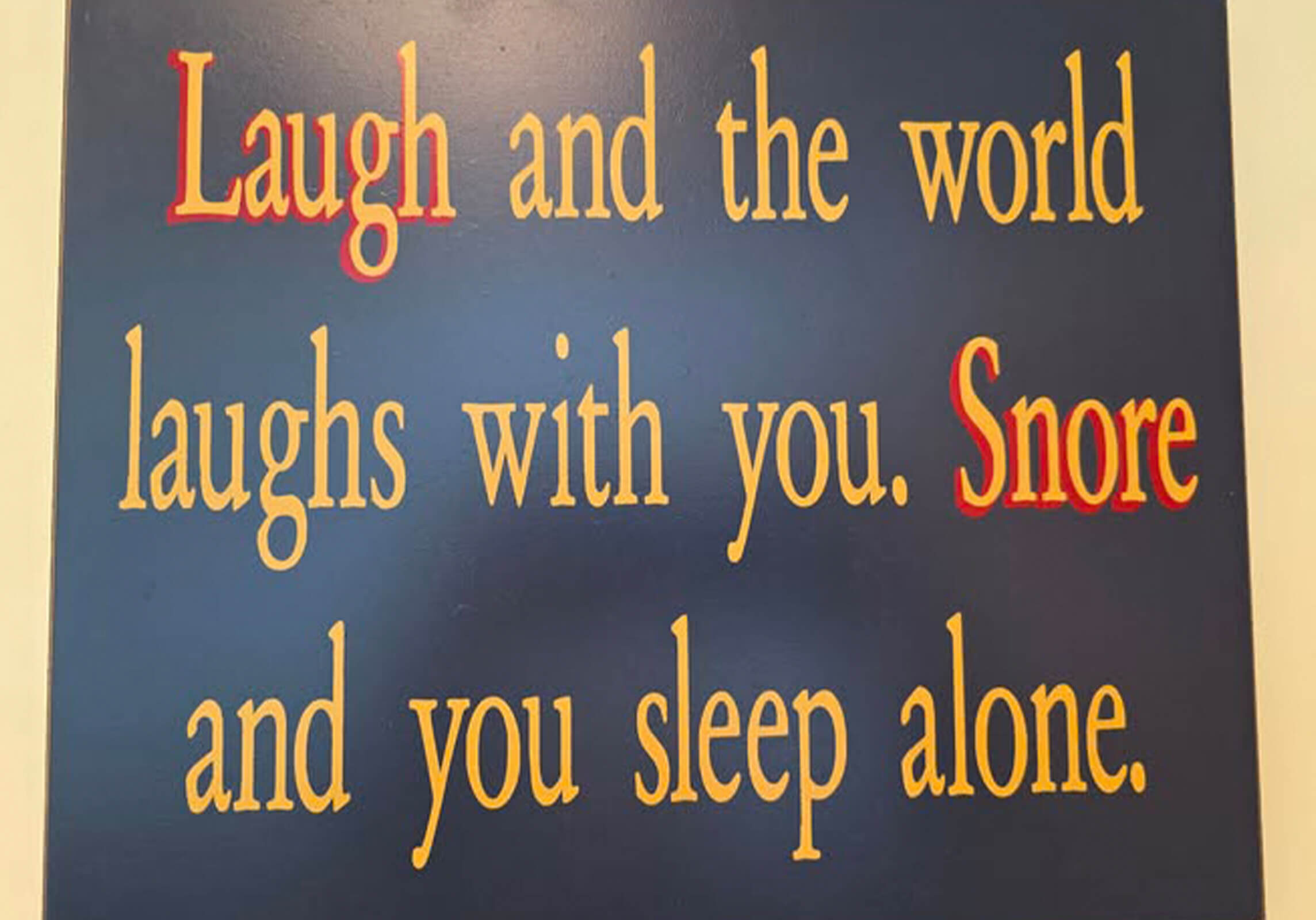Persuade With Kindhearted Humor

There are many reasons to inject humor into your content, not the least of which is the ability to connect with your target audience. Humor is a tool that, used nicely and appropriately, evokes an emotional response. Humor is a rhetorical device in the category of persuasion known as pathos. The other two categories are ethos and logos, representing logic and credibility, respectively.
Kindhearted humor is powerful because it encourages relatability and helps you build trust with others. As savvy content marketers and successful leaders know, a presentation is only effective if it is memorable and relevant and gives something of value to the end user. Victor Hugo, author of Les Misérables and The Hunchback of Notre Dame, famously said, “Laughter is the sun that drives winter from the human face.” Comedian Victor Borge acknowledged the power of humor to motivate and uplift by saying, “Laughter is the closest distance between two people.”
The reasons why people respond to humor vary and are evolving with every new research study. According to “What’s So Funny? The Science of Why We Laugh,” the ancient Greeks used humor to mock those they deemed inferior to them. Sigmund Freud referred to laughter as a release of bottled-up stress or skittish energy, especially in reaction to sensitive topics. Peter McGraw, a behavioral scientist at the University of Colorado Boulder, and Caleb Warren coined the phrase “benign violation” to describe laughter or smiles as a response to something seemingly incongruous with accepted norms but not offensively so. Biologists David Sloan Wilson, with Binghamton University – SUNY, and Matthew Gervais refer to laughter as a type of survival mechanism or “voluntary social strategy.”
Regardless of why we laugh, when we laugh matters, not just how it impacts our psyche, but our bodies as well. The Mayo Clinic labels stress relief from laughter as “no joke,” stating “Laughter enhances your intake of oxygen-rich air, stimulates your heart, lungs, and muscles, and increases the endorphins that are released by your brain.” They posit that, in the long term, chuckles are good for improving one’s mood and boosting the immune system through the release of neuropeptides. The NeuroLeadership Institute links laughter to the release of oxytocin, sometimes referred to as the empathy hormone. Messages that promote empathy make it easier for audience members to learn and focus.
It’s no surprise why marketing content deemed magical and magnetic is sprinkled with whimsy, irony, satire, or any of the other traditional forms of humor. As Walt Disney said, “People spend money when and where they feel good.” This is true even for industries considered serious and staid like the financial services business. Consider the immense popularity of the award-winning talking baby ads for E*Trade. Millions of viewers responded with glee as toddlers on the golf course or pickleball court waxed smart about investment topics such as portfolio diversification or retirement planning. People loved this novel take on an important topic. They laughed. They bonded over the sassiness of the ads. They paid attention. The ads had tremendous reach on social media.
Another humor example is the Google’s 2018 product ad that reinvent parts of the family classic movie Home Alone. Apple’s entertaining video stories about the Underdogs team resonated with more than 150 million viewers. You can “humorize” any content, regardless of format. Think beyond ads to apps, courses, games, speeches, and much more.
There is no one-size-fits-all approach to brand messaging, let alone brand messaging with humor. Multiple factors influence decisions regarding style, format, and topic, starting with the goal of the marketer and attributes such as age, income, or education that define your buyer persona. Pay close attention to whether your intended use of humor comports with your brand values and is sensitive to the perceptions and realities of your audience. The last thing you want to do is annoy, demean, or insult someone. Focus on the positive. Avoid the negative.
Whether you opt for unusual anecdotes, self-deprecating humor, straight out zany images and words, or something subtle like clever witticisms, look for ways to pepper your content with something to tickle the funny bone. The website for the Association for Applied and Therapeutic Humor is one of many resources.
If you want to learn more about my humor marketing research results or discuss your ghostwriting of thought leadership needs, schedule a complimentary discovery call.
Tags: AATH, Apple, E*Trade, Emotional Buying, Empathy, Google, Laughter, Neuroscience, Therapeutic Humor
Share this!
Susan Mangiero
Connect With Susan
Browse Categories
Browse Tags
